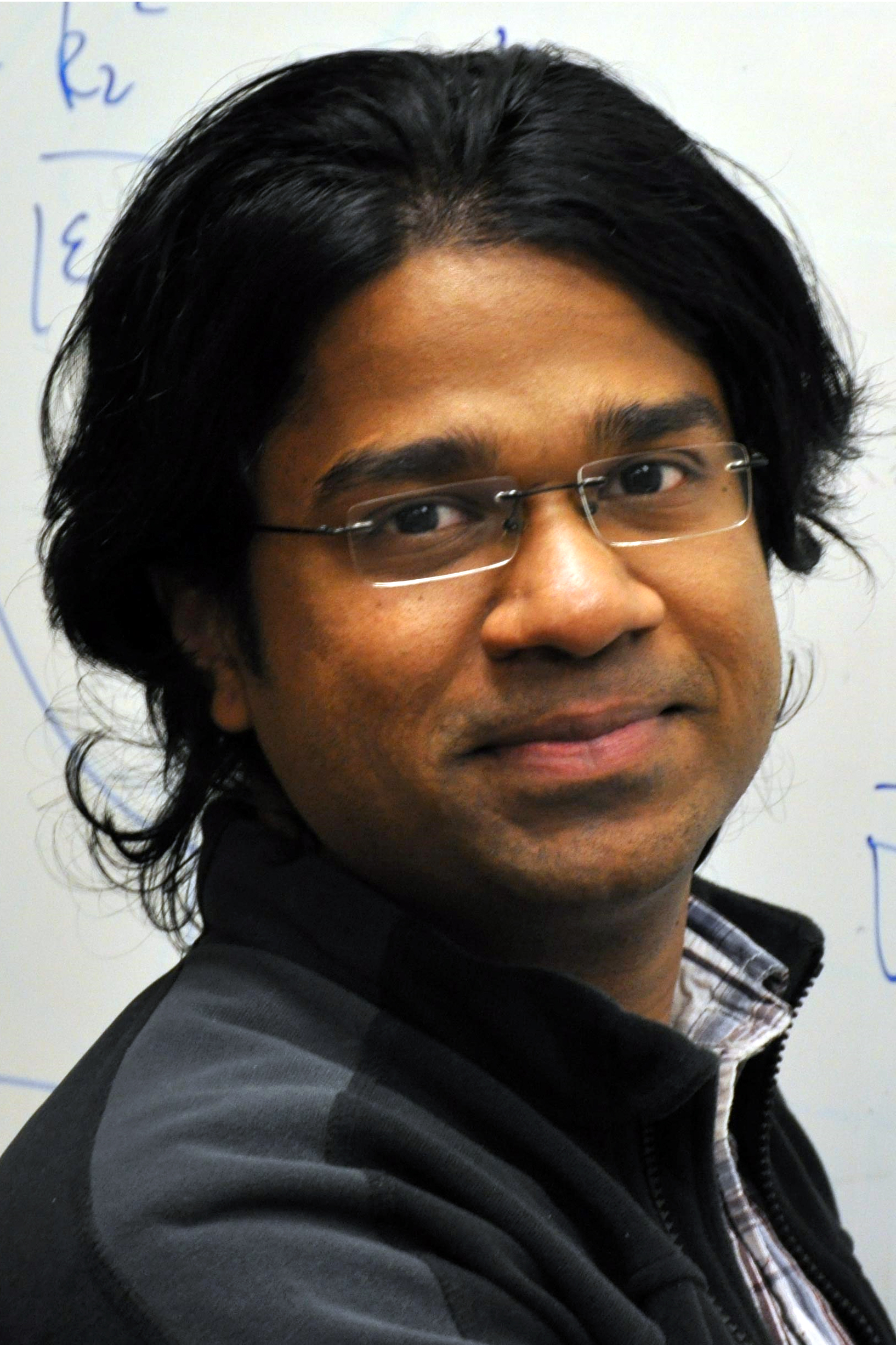Quantum model unlocks new approach to single-photon detection

To become more pervasive in daily life, quantum technology needs to better detect single particles of light, called photons, carrying quantum information.
The problem is that each photon is a very weak signal, making it difficult for measurement devices to efficiently detect them. Purdue University engineers have proposed a new quantum resource that could help design the next generation of single-photon detectors.
The type of quantum resource that the researchers discovered is called a “giant susceptibility,” which is a violent response of a system to a tiny perturbation. This response is necessary for converting a weak signal in the quantum domain to an amplified strong signal like those used by cell phones and other classical technology.
In a paper published in NPJ Quantum Information, the researchers showed through a simulation that a system running on 100 computation units, called qubits, could exhibit a giant response when interacting with just one photon.
The research is part of the Defense Advanced Research Projects Agency’s DETECT program to design new single-photon detectors. The researchers will be working with their collaborators to test this approach experimentally.

“Our search for better single photon detectors led us to an unorthodox concept of exploiting quantum phase transitions,” said Zubin Jacob, a Purdue associate professor of electrical and computer engineering.
A quantum phase transition occurs at the point where the spin orientation of the qubit system undergoes a dramatic change while interacting with a single photon. According to the researchers’ model, the giant response would only be unlocked when the multi-qubit system is engineered close to this quantum phase transition.
“The detector itself is analogous to water in a microwave,” said Li-Ping Yang, a Purdue postdoctoral scholar who worked with Jacob on developing this model.
“A tiny disturbance to superheated water triggers an explosion releasing steam. Just as that giant release of steam could be used to detect the tiny disturbance, this multi-qubit system engineered near a quantum phase transition could help better detect a single photon.”
Patents related to this research have been filed through the Purdue Research Foundation Office of Technology Commercialization. DAPRA DETECT funding for this work is associated with award number W911NF-18-1-0074.
Source: Quantum model unlocks new approach to single-photon detection
